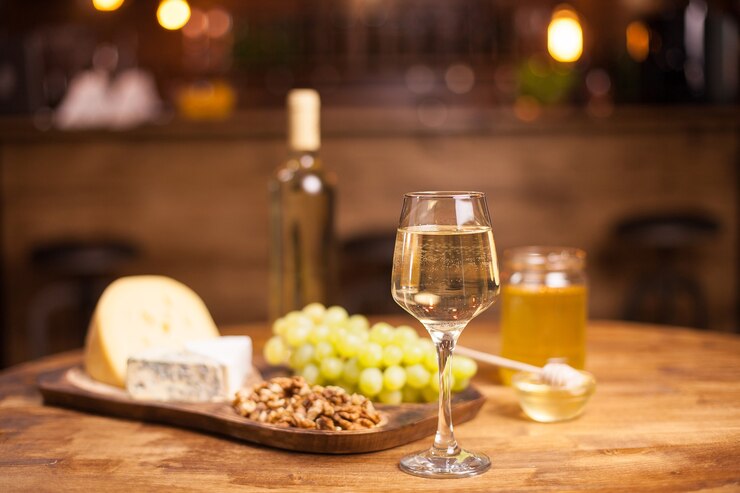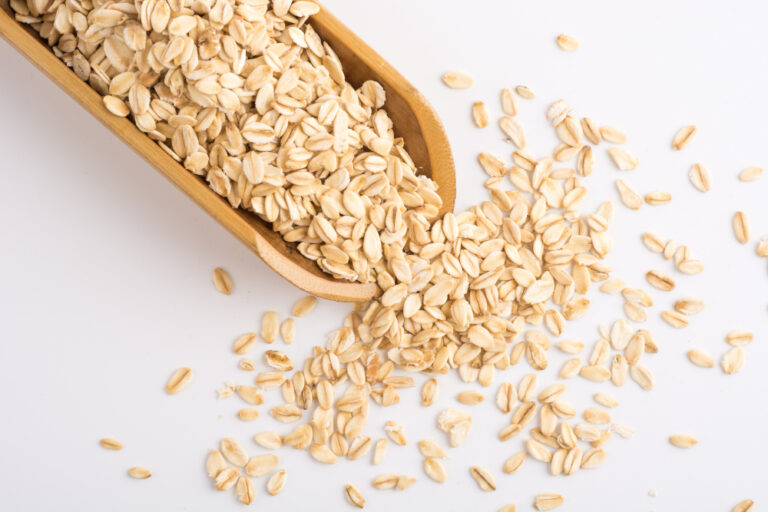White Zinfandel: A Comprehensive Guide to This Popular Rosé Wine
White Zinfandel is a name that resonates with wine enthusiasts and casual drinkers alike. Known for its blush hue and sweet, fruity flavor, White Zinfandel is a type of rosé wine that has carved a niche in the wine world. Despite some misconceptions about its quality, White Zinfandel has a unique charm that has made it a favorite choice for many. In this guide, we will explore the origins, production process, and characteristics of White Zinfandel, and why it remains a beloved option for wine lovers.
What is White Zinfandel?
White Zinfandel is a type of rosé wine made primarily from the Zinfandel grape. This grape variety, originally from Croatia, was brought to the United States in the early 19th century and flourished in California. While the Zinfandel grape is typically used to produce bold red wines, the method used to make White Zinfandel results in a lighter, sweeter wine with a pinkish hue.
Contrary to what some might believe, White Zinfandel is not a white wine but a rosé. The name “White Zinfandel” originated from a marketing strategy aimed at appealing to people who preferred lighter, sweeter wines over the bold and sometimes intense red Zinfande’l.
The History of White Zinfandel
White Zinfandel’s story is one of innovation and serendipity. In the early 1970s, the Sutter Home Winery in Napa Valley, California, was experimenting with producing a dry-style Zinfande’l. During one of these experiments, a batch of wine experienced “stuck fermentation,” a process where yeast dies before fermenting all the sugar, resulting in a sweeter wine.
Rather than discarding the batch, winemaker Bob Trinchero decided to bottle it, thus creating White Zinfande’l. To the surprise of many, this sweet, pink-hued wine became incredibly popular, especially with consumers who were new to wine. By the 1980s, White Zinfandel had become a massive success, and its popularity helped establish rosé as a mainstream wine category in the U.S.
How White Zinfandel is Made
The process of making White Zinfandel is similar to that of other rosé wines, with a few notable differences. Here’s a breakdown of the steps involved:
Grape Selection: White Zinfandel is made from the Zinfandel grape, which is typically known for producing bold red wines. However, when making White Zinfandel, the focus is on creating a lighter, fruitier profile.
Minimal Skin Contact: Like most rosé wines, White Zinfande’l gets its color from the skins of the grapes. In red wine production, the juice is left in contact with the grape skins for an extended period, allowing for a deep red hue. With White Zinfandel, the grape skins are only in contact with the juice for a short period, usually a few hours. This limited contact results in the wine’s signature blush or pink color.
Stuck Fermentation: A key aspect of White Zinfande’l is its sweetness. This is achieved through a process called stuck fermentation, where the yeast dies off before converting all the sugar into alcohol. The result is a wine with residual sugar, contributing to its sweet flavor profile.
Bottling: Once fermentation is complete, the wine is filtered and bottled. White Zinfande’l is usually consumed young and does not typically benefit from aging.
The Taste Profile of White Zinfandel
One of the most appealing aspects of White Zinfandel is its approachable flavor profile. Here’s what you can expect when tasting this wine:
Sweetness: White Zinfandel is known for its sweetness, which comes from the residual sugar left during fermentation. This sweetness makes it an ideal choice for those who prefer sweeter wines or are new to wine tasting.
Fruity Notes: White Zinfande’l is bursting with fruity flavors, including strawberry, watermelon, raspberry, and citrus. These fruit-forward notes make the wine refreshing and easy to drink.
Low Tannin: Unlike red wines made from Zinfande’l grapes, White Zinfande’l has very low tannins, which contributes to its smooth and mellow mouthfeel.
Acidity: White Zinfande’l has moderate acidity, balancing out the sweetness and providing a crisp finish.
Pairing White Zinfandel with Food
White Zinfandel’s sweetness and fruity notes make it a versatile wine when it comes to food pairings. Here are some foods that pair exceptionally well with White Zinfande’l:
Spicy Dishes: The sweetness of White Zinfande’l can help balance out the heat of spicy dishes, making it an excellent companion to cuisines like Thai, Indian, and Mexican.
Poultry and Pork: The light and fruity nature of White Zinfande’l pairs beautifully with lighter meats such as chicken, turkey, and pork. Grilled or roasted preparations work particularly well.
Salads and Light Pasta Dishes: White Zinfandel’s crisp acidity makes it a great choice for pairing with fresh salads, especially those featuring fruits or citrus dressings. It also complements light pasta dishes, particularly those with cream-based sauces.
Cheese: White Zinfandel pairs well with mild cheeses like Brie, Camembert, and Monterey Jack. The wine’s sweetness balances the creaminess of these cheeses.
Why White Zinfandel Remains Popular
Despite being dismissed by some wine connoisseurs as overly sweet or lacking complexity, White Zinfande’l remains incredibly popular. Here are a few reasons why:
Approachability: White Zinfandel’s sweetness and fruity flavors make it approachable for those who are new to wine or prefer lighter, easy-drinking options. It’s often considered a “gateway wine” that introduces people to the world of wine tasting.
Affordability: White Zinfande’l is typically very affordable, making it accessible to a wide range of consumers. It offers great value for those looking for a budget-friendly wine that still delivers on taste.
Versatility: White Zinfande’l is a versatile wine that can be enjoyed on its own or paired with a variety of foods. Its light, refreshing nature makes it perfect for casual drinking, especially during the warmer months.
Nostalgia: For many, White Zinfande’l holds a nostalgic appeal, as it was one of the first wines they tried. This connection to personal experiences keeps White Zinfandel a favorite for casual gatherings and celebrations.
How to Serve White Zinfandel
White Zinfande’l is best served chilled, between 45-50°F (7-10°C). Serving it at this temperature enhances its refreshing qualities and helps balance the sweetness. You can use a standard wine glass for serving, but a glass with a slightly larger bowl may help concentrate the wine’s fruity aromas.
Once opened, a bottle of White Zinfande’l should be consumed within a few days to enjoy its fresh flavors. If properly sealed and stored in the refrigerator, it can last up to five days.
White Zinfandel vs. Rosé
While White Zinfande’l is technically a type of rosé, it’s often compared to other rosé wines, particularly those from France. The key differences between White Zinfande’l and other rosés lie in their flavor profiles and production methods.
Flavor Profile: White Zinfande’l is generally much sweeter than traditional French rosés, which tend to be drier and more nuanced in flavor. White Zinfandel’s fruity sweetness makes it more approachable for some, while French rosés often appeal to those who prefer a more sophisticated, dry wine.
Production Method: While both wines are made using similar methods of minimal skin contact, the stuck fermentation process that creates the residual sugar in White Zinfande’l is not typically used in traditional rosé production.
Is White Zinfandel a Good Wine?
Whether White Zinfande’l is considered “good” depends largely on personal preferences. If you enjoy sweeter wines with a fruit-forward profile, White Zinfandel can be an excellent choice. Its refreshing and easy-to-drink nature makes it a popular option for casual sipping, especially during warm weather or social gatherings.
On the other hand, if you prefer more complex, dry wines, you may find White Zinfande’l too sweet or lacking in depth. However, it’s important to remember that wine appreciation is subjective, and there’s no right or wrong when it comes to enjoying a particular style.
Conclusion
White Zinfandel may not be the most complex or traditional wine, but it has earned its place as a beloved option for many wine drinkers. Its sweet, fruity flavors, affordability, and versatility make it a popular choice for both newcomers to wine and seasoned enthusiasts looking for a light, refreshing option. Whether enjoyed on its own or paired with food, White Zinfande’l offers a delightful wine experience that has stood the test of time.
FAQs
What is the difference between White Zinfandel and regular Zinfandel?
White Zinfandel is a rosé wine made from Zinfande’l grapes with limited skin contact, resulting in a pinkish color and sweeter taste. Regular Zinfandel, on the other hand, is a red wine with bold flavors and higher tannin levels.
Is White Zinfandel considered a sweet wine?
Yes, White Zinfande’l is known for its sweetness due to the residual sugar left during the fermentation process.
Can White Zinfandel be aged?
White Zinfande’l is typically not aged. It is best enjoyed young and fresh to experience its fruity and refreshing qualities.
What foods pair well with White Zinfandel?
White Zinfande’l pairs well with spicy dishes, poultry, pork, light salads, and mild cheeses.
What temperature should White Zinfande’l be served at?
White Zinfande’l is best served chilled, between 45-50°F (7-10°C), to enhance its refreshing and fruity characteristics.







